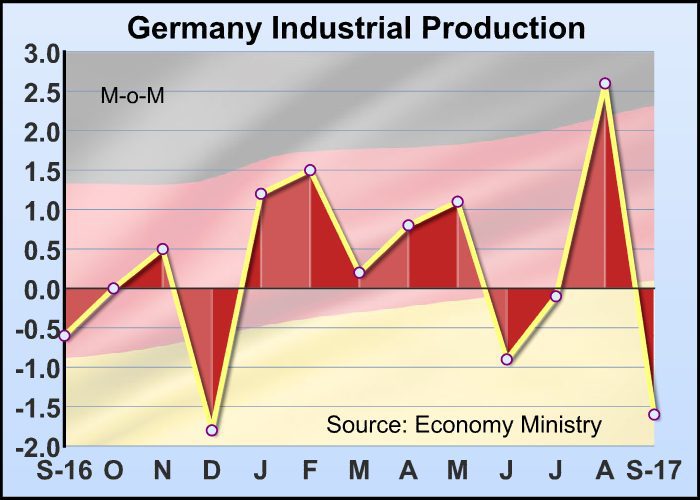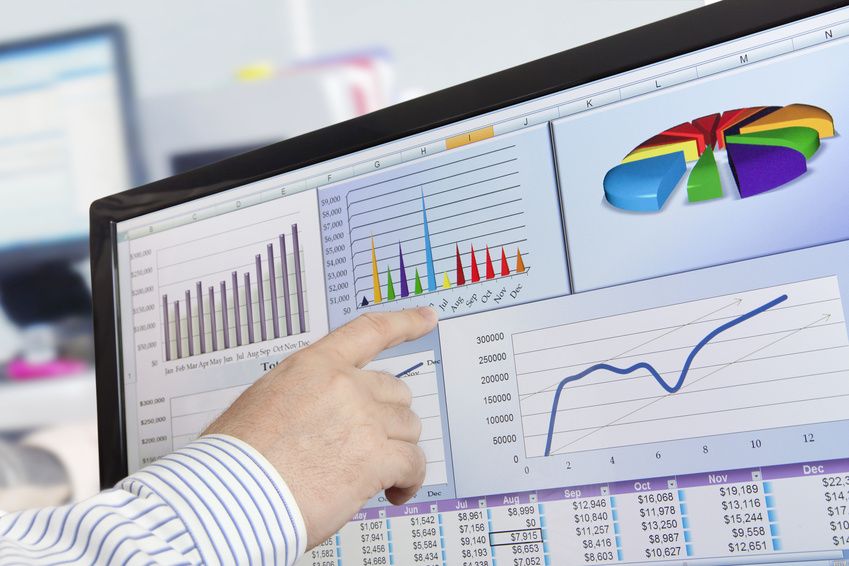Germany's industrial production declined more-than-expected in September, but the output expanded for the third quarter as a whole, signaling a robust underlying trend.
Industrial production fell 1.6 percent month-on-month in September, in contrast to August's 2.6 percent increase, data from Destatis showed Tuesday.
This was the biggest fall since December 2016, when output decreased 1.8 percent. Production was forecast to drop 0.8 percent.
Excluding energy and construction, industrial production decreased 1.6 percent as energy output slid 4.3 percent. Construction showed a monthly growth of 0.4 percent.
Production of capital goods fell 2.7 percent and that of consumer goods by 0.3 percent. Likewise, intermediate goods production dropped 0.8 percent.
Production in the manufacturing sector is likely to continue to expand in months ahead, the economy ministry said. In the third quarter, industrial production advanced 0.8 percent.
The underlying trend still points clearly up, and so real GDP, following an expected large plus in the third quarter, is likely to post significant growth also in the fourth quarter, Ralph Solveen, a Commerzbank analyst, said.
On a yearly basis, industrial production growth slowed to 3.6 percent in September from 4.6 percent in August.
Data released on Monday showed that industrial orders grew 1 percent in September from August, when it climbed 4.1 percent. The expansion was driven by a 1.7 percent rise in foreign demand.
According to the Purchasing Managers' survey, Germany's manufacturing growth held steady in October. The factory Purchasing Managers' Index came in at 60.6, unchanged on September's 77-month high.
The intermediate and investment goods sectors were again the best performers, with the consumer goods category continuing to lag behind, survey data from IHS Markit showed.
by RTT Staff Writer
For comments and feedback: editorial@rttnews.com
Business News



